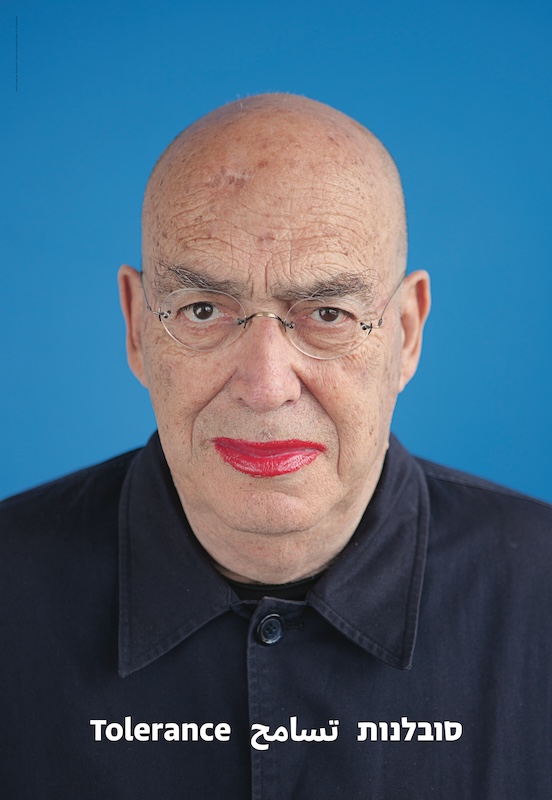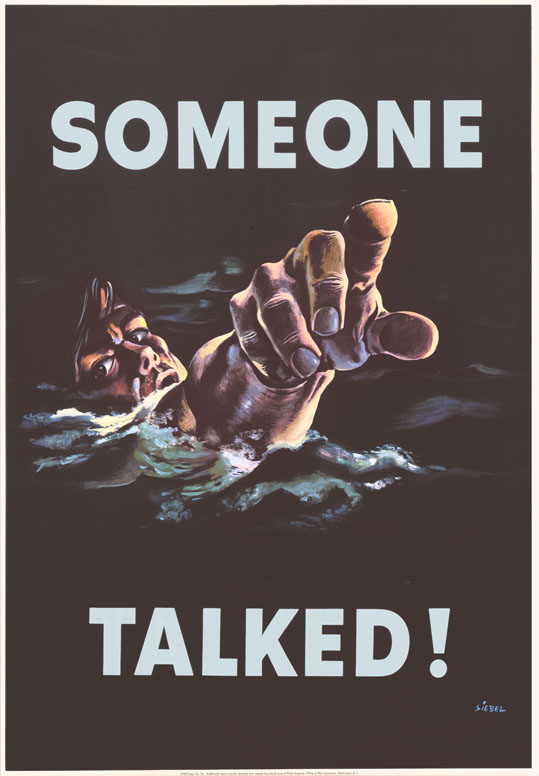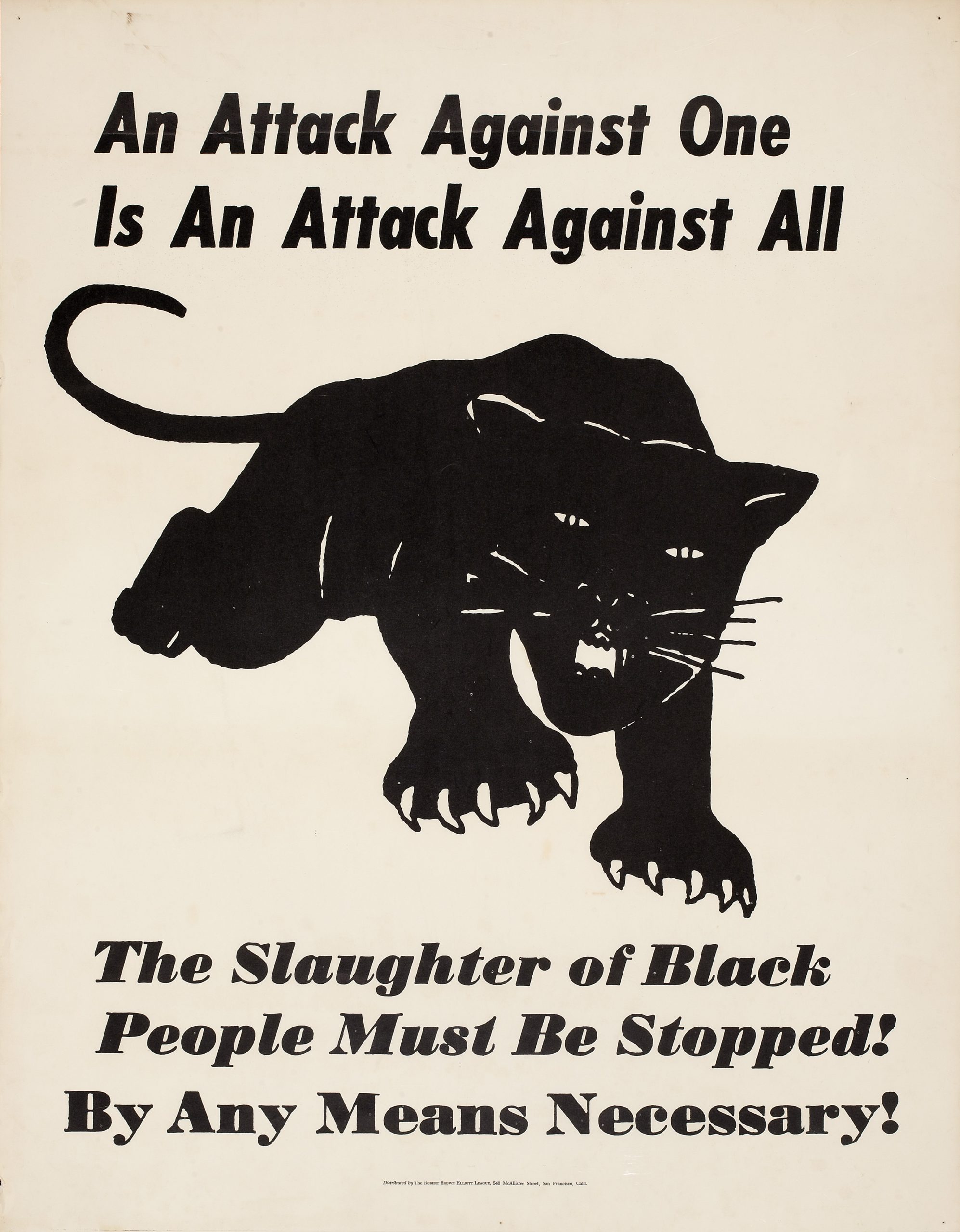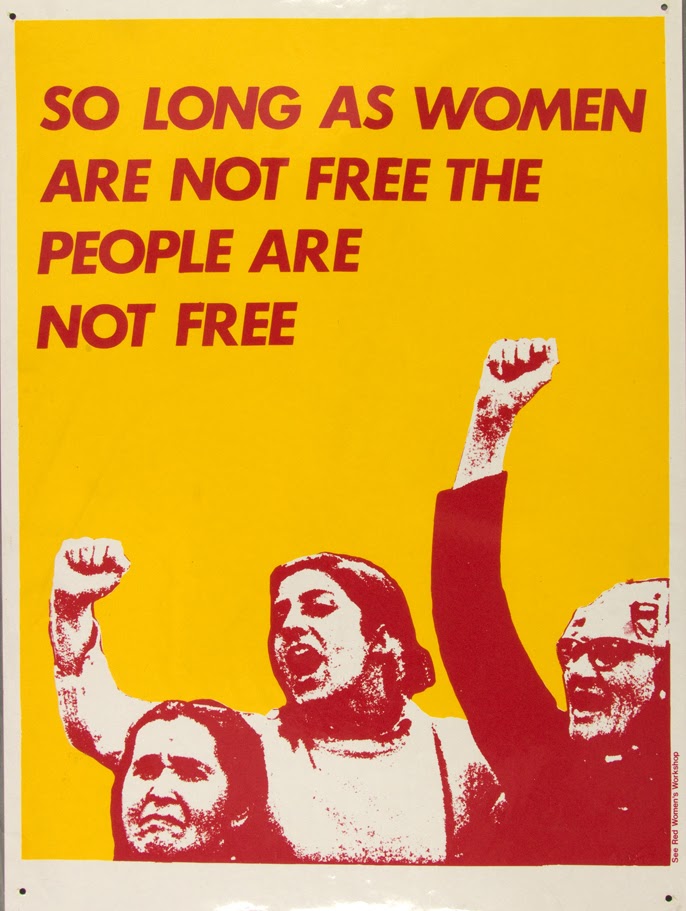
The Tolerance Project Pop Up in NYC
.
Advisory Board Member Nicholas Lowry among the posters on view today only in Union Square.
From 9am to to 3pm today, stop by Union Square to see the latest edition of The Tolerance Project, a traveling poster show highlighting the need for tolerance around the world. Chief Curator Angelina Lippert managed to catch up with founder of The Tolerance Project, Mirko Ilic, an hour after he installed the show himself. Below is a condensed and edited version of that interview.
Angelina Lippert: What exactly is The Tolerance Project?
Mirko Ilic: The Tolerance Project is a traveling poster collection that celebrates and honors the starting point of all meaningful discourse: tolerance. Free, flexible, and ever-expanding, it has brought a message of social acceptance through 184 shows in 47 countries. Each iteration features posters by local artists, whose only direction is to illustrate the word “tolerance” in their native language. The posters then appear in public spaces—park, university campuses, buses, etc—thus engaging with a wide cross-section of the population. It’s all part of starting a conversation about inclusion, which can only begin with the foundation of tolerance.


Left: Craig&Karl
Right: Hamzah Abdel’al
Why did you start this project?
For years, I was talking about the new icons of neo-nazism in my lecture Symbols of Hatred. I gave that lecture around the world, and I noticed that at the end of each of those lectures I had a room of a bunch of depressed people. I didn’t offer any alternative except educating them to recognize growing symbols of hate. Around the same time, I was doing pro bono graphic design work for a Jewish film festival in Croatia called the Festival of Tolerance. In Slovenia, the festival offered me space in a public square to display my own work as a “thank you” for my services. I decided that I’d rather use that space for something else, a poster display about the idea of tolerance (inspired by the name of the festival).
So, I called Milton Glaser and asked him to do a poster in two days based on the idea of tolerance. The short deadline was so that I could use him as bait to get another 22 designers to create images for the project. Of course, the moment Milton is involved, everyone said yes—the only directive was that they had to illustrate the word “tolerance” in their own language, however that word resonated with them and the issue(s) they felt were important where they were from. The show lasted a week. Once it was over, I realized that I have these 23 amazing posters, why can’t I travel it and continue to add more designers and more views on the concept of tolerance? And here we are, six years later, with a total of 222 posters that have been increasingly shown through 184 shows in 47 countries.

Milton Glaser
How do you choose the designers?
In addition to asking very famous designers from around the world like Dan Reisinger and Paula Scher, I ask up-and-coming or relatively unknown designers who are also extremely talented. I want the project to be able to highlight as many issues and perspectives as possible. Also, I always invite a designer from the country where the exhibition is on display to create a poster—so it’s constantly being added to.


Left: Dan Reisinger
Right: Paula Scher
What are some of the most positive responses you’ve gotten to the project?
Last year, in Plauen, Germany, there was going to be a neo-nazi rally in honor of the anniversary of the first Brown Shirt rally. I got called to do a pop-up version of the show along the planned route of this event—essentially, a visual counter protest. We hung a bunch of posters in the train station where those people were going to arrive for the rally, and they were hung from the ceiling so that they could not be defaced or destroyed. They were also put in shop windows of businesses that were against the rally. And so you have these neo-nazis passing by these posters in the streets, spitting on them, being offended because their view is that tolerance shouldn’t exist in their version of Germany.
The train station liked how these posters looked and also the messages they shared, so it kept the posters hanging there for a year. I got a call in December asking if they can have a refresh of the selected images, and, moving forward, that they’d like to change them out every two or three months. They’re now going to be a permanent part of the train station.
One of the most important shows we did was in Constitution Hill, Johannesburg, where both Nelson Mandela and Mahatma Gandhi were jailed. This was held in honor of the 100th anniversary of Mandela’s birth.

Neo-nazis marching Plauen, Germany, with The Tolerance Project along the street in the background.
Obviously, the public response to these posters is not always positive. How often are the posters defaced?
Not very often. Most of the pieces that have been defaced had that happen when they were shown in Eastern European countries. One posters especially—an image by the Israeli artist David Tartakover—is often targeted. The poster is a photograph of the designer wearing badly-applied lipstick, with the word “tolerance” written in English, Arabic, and Hebrew (the three official languages of his country). Many people really don’t like this image—and it’s funny because it’s noted in the upper corner in tiny print that the lipstick was applied by David’s niece. So, people presume so many things about what the image means without actually knowing what it is.

David Tartakover

The Tolerance Project on view at Zayed University in the United Arab Emirates.


Left: Melinda Beck
Right: Peter Bankov



